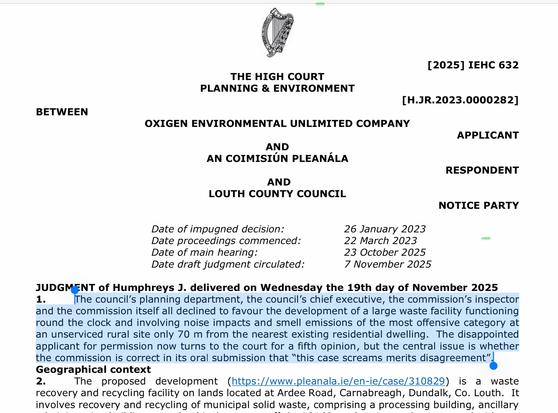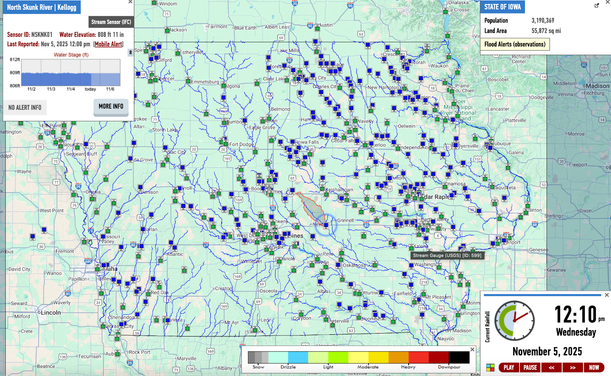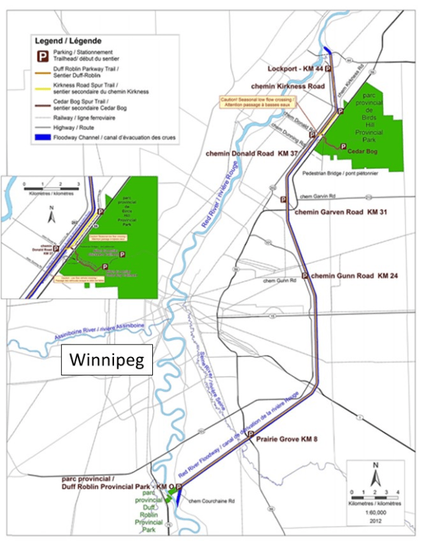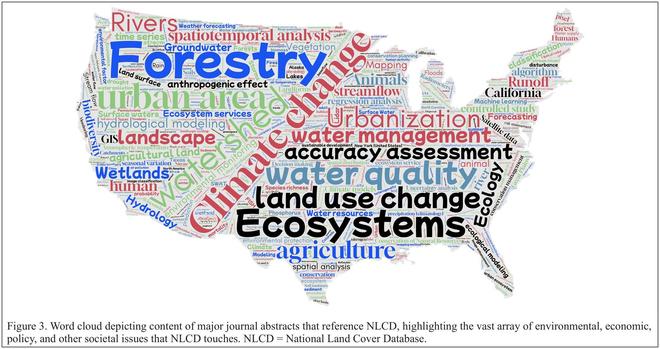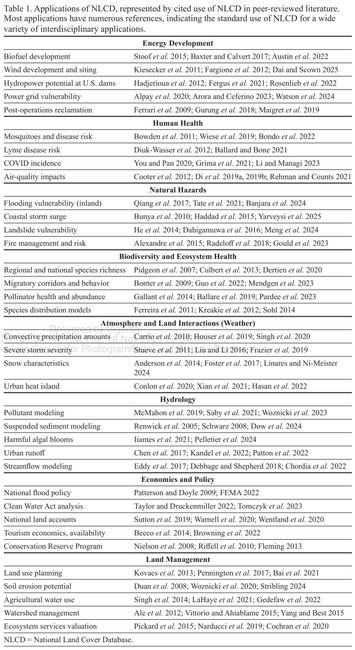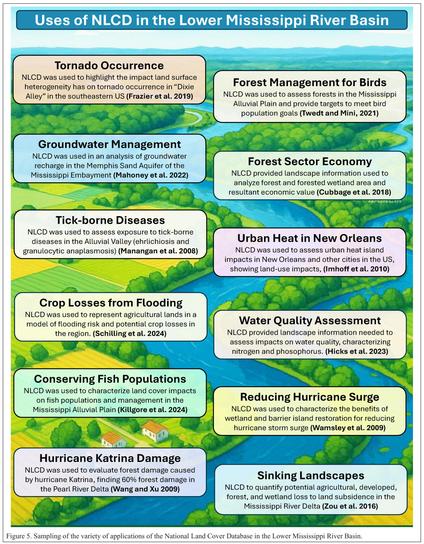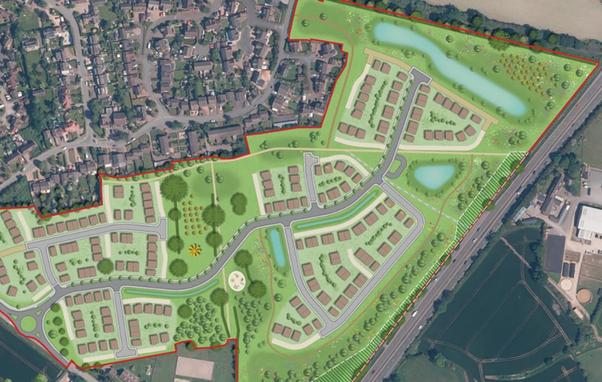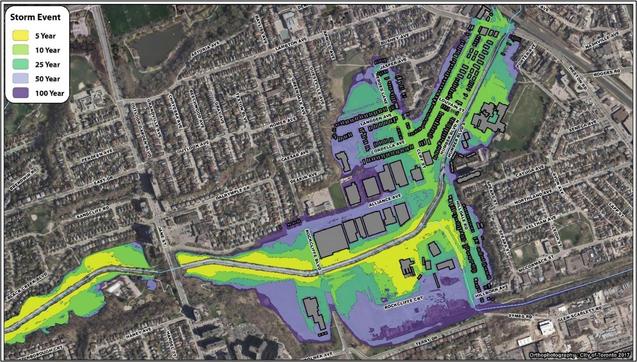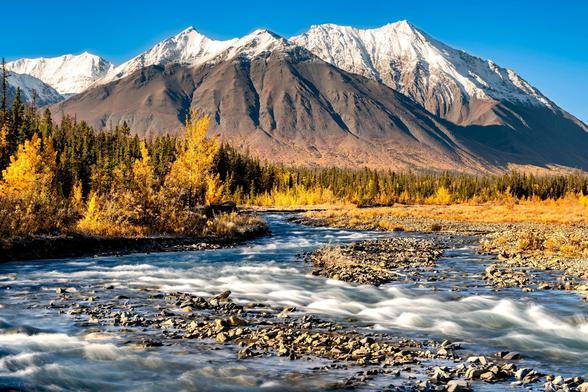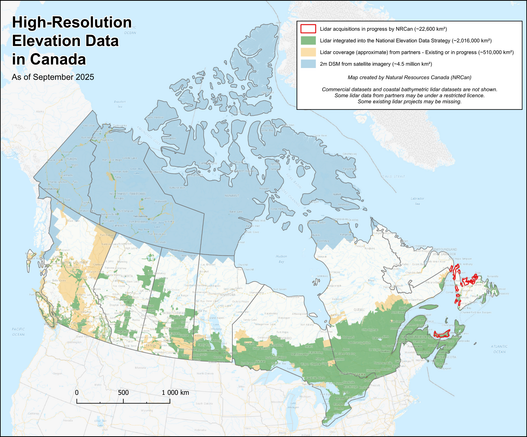Plans for battery energy storage site on farmland submitted to Lichfield District Council
Hải Phòng sắp có "cực tăng trưởng mới" tại khu vực phía Tây, hứa hẹn là bệ phóng cho thị trường bất động sản. Động lực đến từ 3 quy hoạch lớn:
- Khu kinh tế chuyên biệt 5.300 ha
- Khu thương mại tự do 6.292 ha
- Siêu cảng Nam Đồ Sơn 14,2 tỷ USD
#HảiPhòng #BấtĐộngSản #KinhTế #QuyHoạch #ĐầuTư #NamĐồSơn #Haiphong #RealEstate #Economy #Planning #Investment
--
From Iowa's pioneering flood-monitoring network to North Carolina's comprehensive resilience blueprint, states are demonstrating what's possible when local leaders take ownership of their climate futures.
--
https://www.epicenterinsights.com/four-states-leading-the-way-on-flood-resilience/ <-- shared technical media article
--
https://floodplainsbydesign.org/ <-- shared Floodplains By Design, Washington State
--
#water #hydrology #floodplainsbydesign #FBD #flood #flooding #floodplains #natural #risk #hazard #naturalhazard #publicsafety #cost #economics #infrastructure #mitigation #resilience #extremeweather #rainfall #surge #precipitation #hydrospatial #Iowa #NorthCarolina #Wisconsin, #Washington #WashingtonState #policy #planning #spatialanalysis #floodresilience #program # readiness #public #private #regulations #USStates #USA #monitoring #blueprint
Diversion Channels vs. Climate Change: Will Five Cities’ Flood Protection Strategy Be Enough?
Many of those reading this post may recall scenes from the disastrous floods that took place along the Red River of the North in 1997, 2009, and 2011. Cities like Fargo and Grand Forks, North Dakota were severely impacted by floodwaters due to snowmelt and ice jams along that northward flowing river. Further north along the same river, in Manitoba, Winnipeg has dealt with significant flooding on multiple occasions.
Fargo flooding in 2011 – Source: wsj.comPart of the problem along this particular river valley is there is very little topographical change in this area, so when river levels run high, the floodwaters spread out far and wide across the northern prairie landscape. The limited grade change also tends to slow the speed of the river’s flow, which can add to the backup.
Tragic water and fire damage to downtown Grand Forks from 1997 flood – Source: grandforksherald.comTo address these costly and dangerous flooding problems along the Red River of the North, both Winnipeg and Grand Forks have developed enormous flood diversion channels around their urban area. Meanwhile, Fargo is close to completing its diversion channel. These three diversion systems are discussed below followed by other diversion channel programs established in Wichita, Kansas and Albuquerque, New Mexico.
Red River Floodway – Winnipeg, Manitoba, Canada = 29 mile diversion channel
- Completed in 1968 for $63 million and enlargement completed in 2010 for $665 million
- Designated a National Historic Site in 2000
- Capacity of 140,000 cubic feet per second
- 2.7 billion cubic feet of Earth moved (more than the Suez Canal)
——-
English Coulee Diversion Channel – Grand Forks, ND, USA = 13 mile diversion channel for English Coulee and 8 miles of flood walls/levees along the Red River of the North
- The diversion channel for English Coulee bypassing Grand Forks was completed in 1990. Unfortunately, increasing the height of flood walls and levees was not completed until 2007.
- Total project cost was $409 million including the flood walls and levees on the Red River of the North.
- Flood protection was raised from 50 feet to 60 feet.
- Flood/stormwaters can be also pumped to the diversion channel from the city — up to 112,000 gallons per minute (= 250 cubic feet per second).
- Twenty miles of greenways trails
——-
Fargo-Moorhead Area Diversion Project – Fargo, ND/Moorhead, MN, USA = 30 mile diversion channel and 22 mile earthen embankment at the southern end of the complex
- To be completed in 2027 for $3.2 billion
- The Red River has reached flood stage in Fargo 60 times since 1902, including every single year between 1993 and 2011.
- Designed to withstand a 100-year flood and provide fightable protection against a 500-year flood.
- Capacity of 20,000 cubic feet per second.
- Other features will include levees, flood walls, stormwater lift stations, road improvements including raising grades, upstream mitigation, wetland mitigation, river restoration, a bike/walking trail, and related flood control projects in outer communities and in nearby Minnesota.
——-
Further to the south, Wichita, Kansas has faced similar issues with flooding from the Arkansas and Little Arkansas Rivers. To limit future damage to life and property in the city, an enormous flood diversion project was completed here in 1959. This diversion channel is very visible to drivers along Interstate 235 around the west side of the city.
Wichita-Valley Center Floodway – Wichita, KS, USA = 18 mile diversion channel
- Completed in 1959 for $20 million
- Includes 50 miles of connecting channels, 100 miles of levees, and 150 control structures.
- The diversion channel has a flood carrying capacity twice that of the Arkansas River itself, while the Little Arkansas River portion around the town of Valley Center has a capacity of 55,000 cubic feet per second.
——–
In an altogether different context, Albuquerque, New Mexico can also face quick and devastating floods, but not from a flat terrain. Instead, the threat here is threefold – rapid snowmelt from the abutting Sandia Mountains flowing down into the city and the valley combined with urban stormwater runoff and heavy summer monsoon-season rains (yes, we have a monsoon season here) overwhelming the natural arroyos and dry stream beds. In Albuquerque, a network of diversion channels has been developed, with two primary ones (the North and South Diversion Channels) being the largest collectors and distributors of stormwater and floodwaters from natural arroyos and human made/enhanced channels.
Monsoon season storm over Albuquerque – Source: flickr.comNorth Diversion Channel – Albuquerque, NM, USA = 8.7 miles
- Completed in 1969 at a cost of $20.3 million
- Capacity of 44,000 cubic feet per second ~ equivalent to a 500-year flood event
- Collects flood/storm waters from 50 square miles and discharges it into the Rio Grande
- A bicycle/pedestrian trail runs along the top of the channel for its entire length.
- Passes through the heart of the city instead of around it.
South Diversion Channel – Albuquerque, NM, USA ~ 5.5 miles
- Completed in 1972 at a cost of $8.3 million and discharges into the Rio Grande
- A bicycle/pedestrian trail runs along the top of the channel for much of its length.
——-
As these five examples show, there are viable options for protecting life, limb, and property from devastating floods in urban areas. That being said, as the Earth’s climate continues to become warmer, bringing with it heavier rainfalls and stronger storms, even these diversion channels and their associated infrastructure may become overwhelmed by future weather events.
Source: climateactiontracker.orgTherefore, addressing only the after-the-fact results of storms will not protect our communities as long as climate change is allowed to continue on its current trajectory. Humankind must also address the root causes of climate change, including the impacts we create by our individual and collective actions and activities. This includes making hard choices…frankly choices that highly-developed First World countries like the United States too often avoid making.
Furthermore, when nations ignore climate reality, these five cities, let alone many others across the planet, will need to upgrade their flood defenses over and over again. In this era of climate change, such efforts will not and cannot solve the problem alone. Humanity must find the “sustainable willpower” to effectively address climate change for the long term. In the end, future generations will be grateful that we did.
Peace!
#albuquerque #cities #climateChange #diversionChannels #environment #fargo #flooding #floodplain #floods #geography #grandForks #history #infrastructure #landUse #monsoonSeason #planning #rivers #stormwater #wichita #winnipeg
--
https://doi.org/10.14358/PERS.25-00121R2 <-- shared paper
--
“Editor's choice article for the October Issue of Photogrammetric Engineering and Remote Sensing.”
#GIS #spatial #mapping #remotesensing #opendata #earthobservation #landcover #USA #NLCD #MRLCC #history #datacollection #impervioussurface #classifaction #landform #forestcanopy #fedscience #fedservice #deeplearning #AI #spatialanalysis #change #monitoring #usecase #research #landmanagement #management #policy #planning #support #agriculture #urbanplanning #environment #ecosystems #biodiversity #conservation #water #hydrology #humanhealth #risk #hazard #soils #naturalhazard #spatiotemporal #landchange #forestry #watermanagement #waterquality #publicsafety #groundwater #NCLA #wildfire #stormwater #extremeweather
#USGS #EROS #NASA #USFS
https://tfl-newsroom.prgloo.com/news/three-london-boroughs-win-tfl-funding-to-transform-local-bus-networks
Planning committee to debate proposals for more than 200 new homes in Fradley
--
https://geo.ca/initiatives/national-elevation-data-strategy/ <-- shared technical / policy article
--
#GIS #spatial #mapping #planning #policy #landforms #landmanagement #policy #planning #management #NEDS #hydrospatial #water #hydrology #forestry #elevation #HRDEM #CCMEO #usecase #geohazard #risk #hazard #engineeringgeology #telecommunications #infrastructure #transportation #economy #ROI #ISED #watermanagement #LiDAR #government #integration #3D #remotesensing #earthobservation #arctic #FirstNation #provincial #territories
@NRCAN

